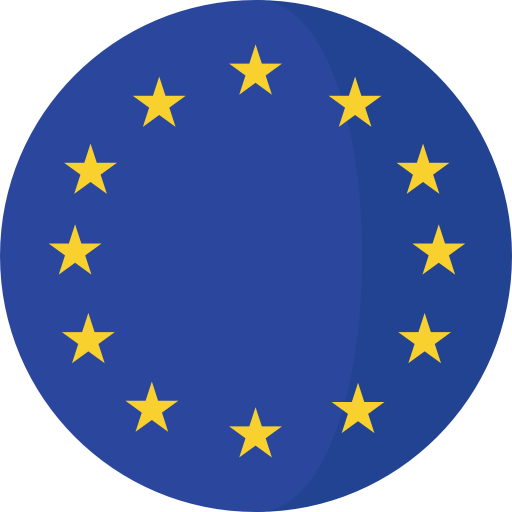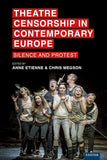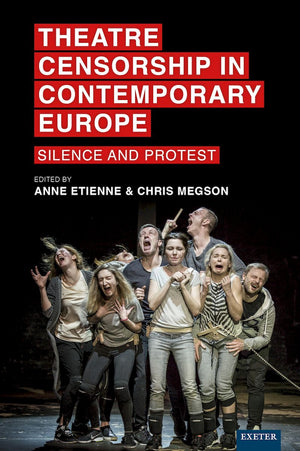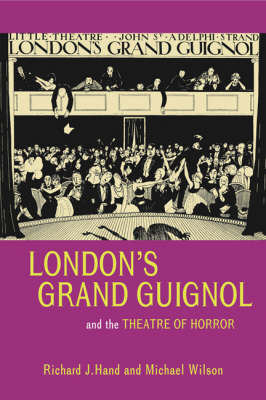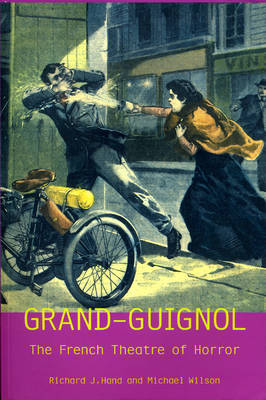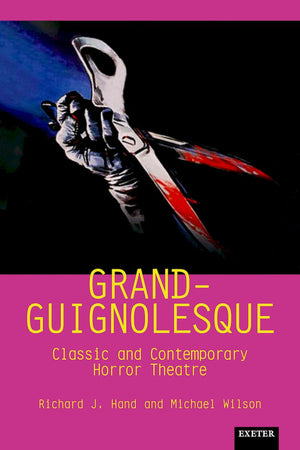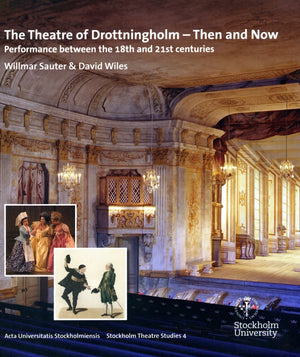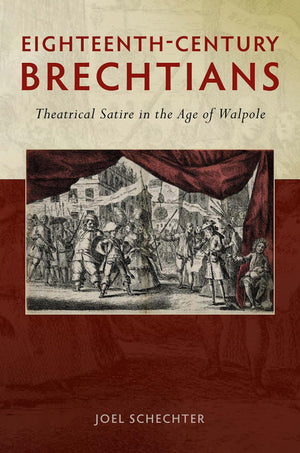University of Exeter Press
Theatre Censorship in Contemporary Europe
Silence and Protest
Couldn't load pickup availability
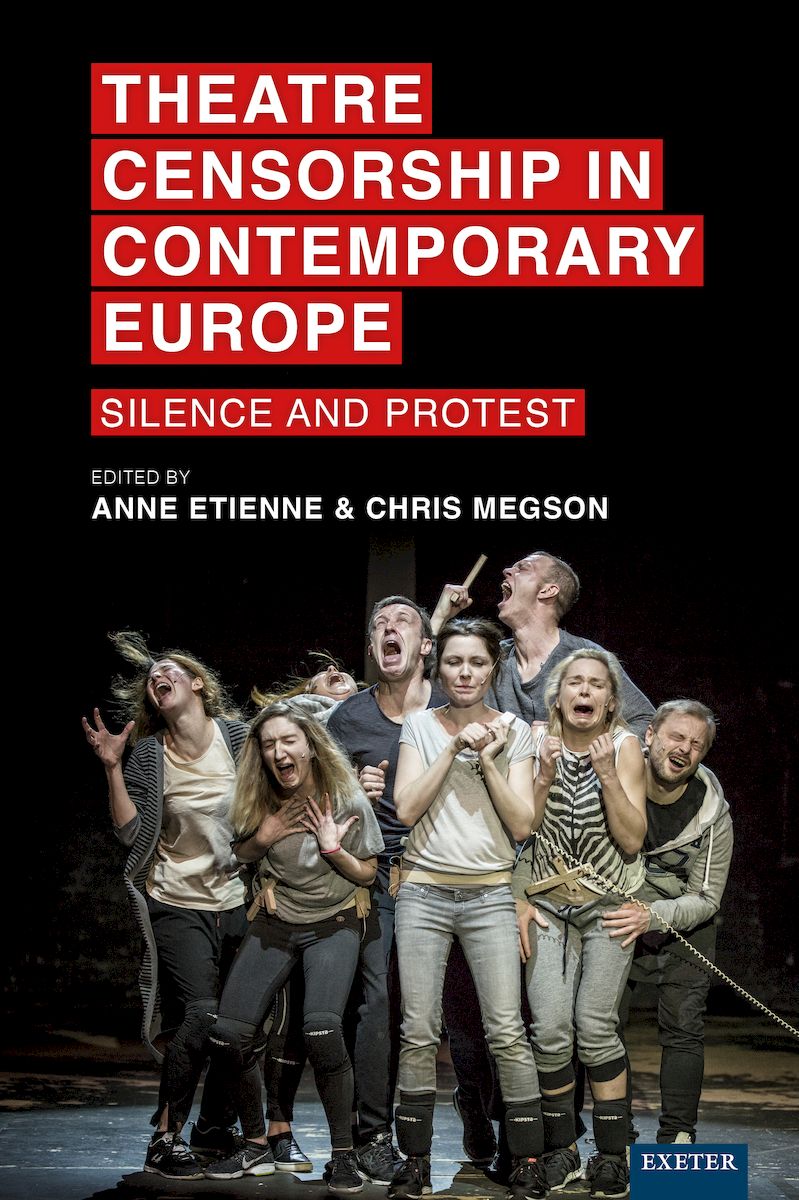
- 266 Pages
What are the contexts (political, social, legal, cultural) of theatre censorship in twenty-first-century Europe? Given the abolition of state-sanctioned and institutional forms of stage censorship in the late twentieth century, the prevalence of authoritarian and populist politics, and the escalation of so-called ‘culture wars’, in what ways and to what extent does stage censorship manifest and proliferate today? How does censorship respond (or not) to governmental, economic, moral, and religious circumstances? And how have theatre-makers in Europe contested or countered censorial prohibitions in the recent past?
This edited collection is the first pan-European study of contemporary theatre censorship. An international range of scholars assess how new forms of censorship operate to silence artists and control performances; they explore how theatre artists respond to constraints placed upon their work across territories, and analyse how age-old political, religious, and moral taboos impact on theatrical creation and reception. Readers are invited to consider not only the varied mechanisms of censorship, including its more covert iterations, but also what is censored, when, how, and why, particularly in relation to the sensitive issues of religion, race, sexuality, and nationalism. By focusing on the work of key European theatre practitioners, as well as significant productions and performances, contributors reflect on the impact of censorship on artistic policies and cultural activity, and the forms of protest mobilized against it.
Both timely and urgent. Bringing together diverse and strong voices from various European contexts, this excellent collection examines the location of theatre censorship after institutional state control has been officially scrapped across Europe, asking: how does silencing and resistance take place today and to what ends? This book offers fresh and thought-provoking perspectives on the ever-pertinent discourses and experiences of censorship as it investigates a range of its manifestations -- from direct and aggressive instances of silencing to subtle tactics of diverting and side-lining. And to know the various guises in which contemporary censorship appears is the first steps towards knowing how to resist it.
Silvija Jestrovic, Professor of Theatre and Performance, University of Warwick
This collection offers an urgently needed update on the censorship of theatre and performance across Europe. It provides original and compelling insights into the impact of the latest political developments and the complexities of ‘cancel culture’, and engages with a wide range of different forms of performance. Essential reading for anyone interested in the pressures which shape European theatre culture today.
Dr Helen Freshwater, author of Theatre Censorship in Britain
...a comprehensive and well-structured analysis of censorship.
Julia Sweet
The Journal of Popular Culture
...a unique and valuable addition to the field of censorship studies.
Marianne Drugeon
Coup de Theatre
Introduction Anne Etienne and Chris Megson
DOI: 10.47788/THTM4731
PART 1: FORMS AND SOURCES OF CENSORSHIP
Intervention 1 – Vicki Ann Cremona and Marco Galea, Capturing Space: Crashing Down the Gates of the Maltese Utopia
DOI: 10.47788/DXCK2330
Chapter 1. Milena Dragicevic Sesic and Aleksandra Jovićević, Voices from Semi-peripheries: Pressure, Self-censorship, and Micropolitics of Resistance in the Western Balkans
DOI: 10.47788/MBJH9642
Chapter 2. Alex Trustrum-Thomas, The Emperor’s New Clothes: Ideology and Censorship in Contemporary Russian Theatre
DOI: 10.47788/KHBJ9609
Chapter 3. Anne Etienne and Lisa Fitzpatrick, Risings and Cancelling: Implicit Censorship on a Free Irish Stage
DOI: 10.47788/DUMT2156
PART 2: GHOSTS OF THE PAST
Intervention 2 – Andrea Tompa, Censorship in Hungary: Comedy, Silence, and Subversion
DOI: 10.47788/JENC2443
Chapter 4. Denis Poniž, Nothing New on the Eastern Front: Censorship in Contemporary Slovenia
DOI: 10.47788/WHXD7915
Chapter 5. Agnieszka Jakimiak, Un-Divine Comedy. Remains and Self-Censorship as Work-In- Progress in Poland
DOI: 10.47788/SLFB7672
Chapter 6. Andrew Holden, Opera Censorship in Europe – Production, Circulation, and Reception in a Transnational Market
DOI: 10.47788/WAUE9231
Intervention 3 – Lonneke van Heugten, The Tenacity of Tradition: Performativity in the Dutch Black Pete Controversy
DOI: 10.47788/CYXY9391
PART 3: STAGING TABOOS
Intervention 4 – Roaa Ali, Racialized Censorship in the Age of “Culture Wars”
DOI: 10.47788/DXIE9191
Chapter 7. Chris Megson, Images of Protest: Religion, Theatre, and Censorship
DOI: 10.47788/HLHS2992
Chapter 8. Olga Kolokytha, Yulia Belinskaya, and Matina Magkou, Religion and Politics: Silencing Greek Theatre in the Twenty-First Century
DOI: 10.47788/LHYH5122
Chapter 9. Duncan Wheeler, Booing and Banning: Freedom and Prohibition in Spain’s “National Fiesta”
DOI: 10.47788/TKHZ1641
Intervention 5 – Hannah Probst, Play on the Periphery: Irrational Queerness as Resistance to Censorship in Gestalta’s Shibari Performance Art
DOI: 10.47788/NMMG9395
- 266 Pages

